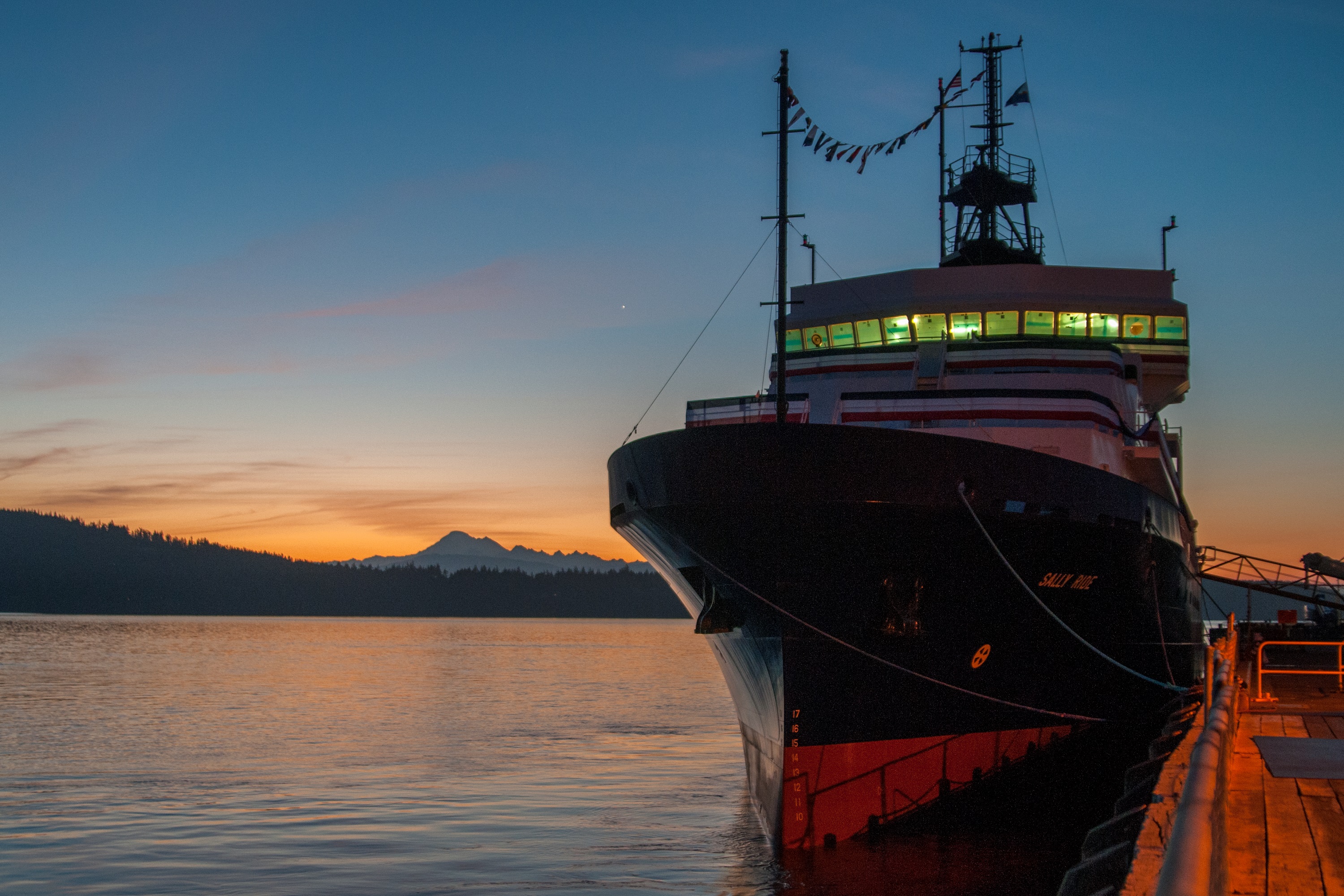Two Research Vessels Leave for the Twilight Zone
A project jointly funded by NASA and the National Science Foundation is heading west from Seattle, straight for the twilight zone. Using two research vessels, the Export Processes in the Ocean from Remote Sensing (EXPORTS) oceanographic campaign will study the fates and carbon cycle impacts of microscopic underwater organisms.
The large multidisciplinary team, including members from more than 20 different research institutions, is accompanied by advanced underwater robotics and other instruments on a month-long campaign to study the secret lives of tiny organisms called phytoplankton, and the animals that eat them. These organisms can have a large impact on Earth's carbon cycle, storing carbon dioxide in a part of the ocean known as the twilight zone, between 650 and 3300 feet below the surface.
Music: Brain Machine by George Annas [PRS] and Anticipating Rain by Samuel Smith [PRS]
Complete transcript available.

The EXPORTS mission leaves Seattle Aug. 10, 2018.
Credits
Please give credit for this item to:
NASA's Goddard Space Flight Center
-
Producers
- Kathryn Mersmann (USRA)
- Michael Starobin (KBR Wyle Services, LLC)
-
Videographer
- Michael Starobin (KBR Wyle Services, LLC)
-
Writer
- Samson K. Reiny (Wyle Information Systems)
-
Narrator
- Dan Gallagher (USRA)
Release date
This page was originally published on Wednesday, August 8, 2018.
This page was last updated on Wednesday, May 3, 2023 at 1:46 PM EDT.
